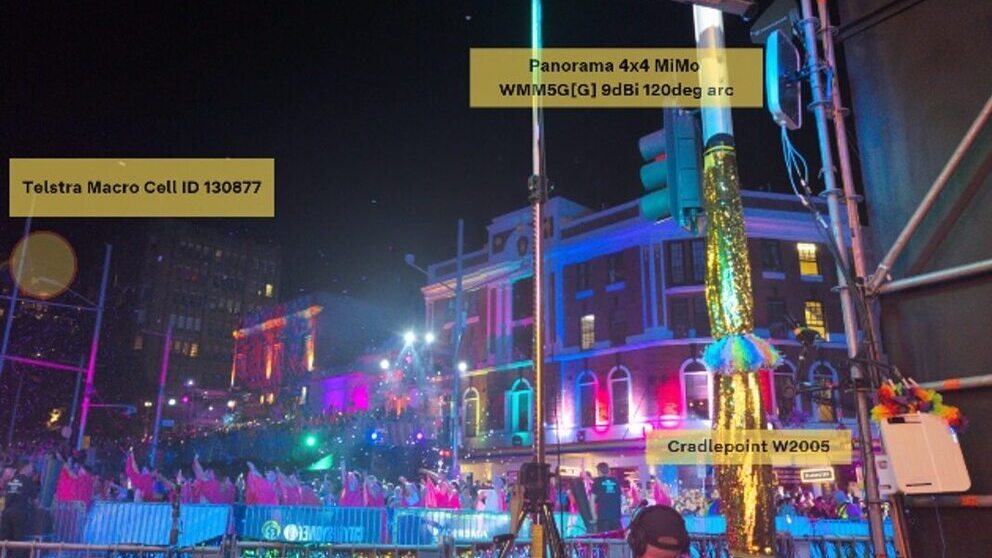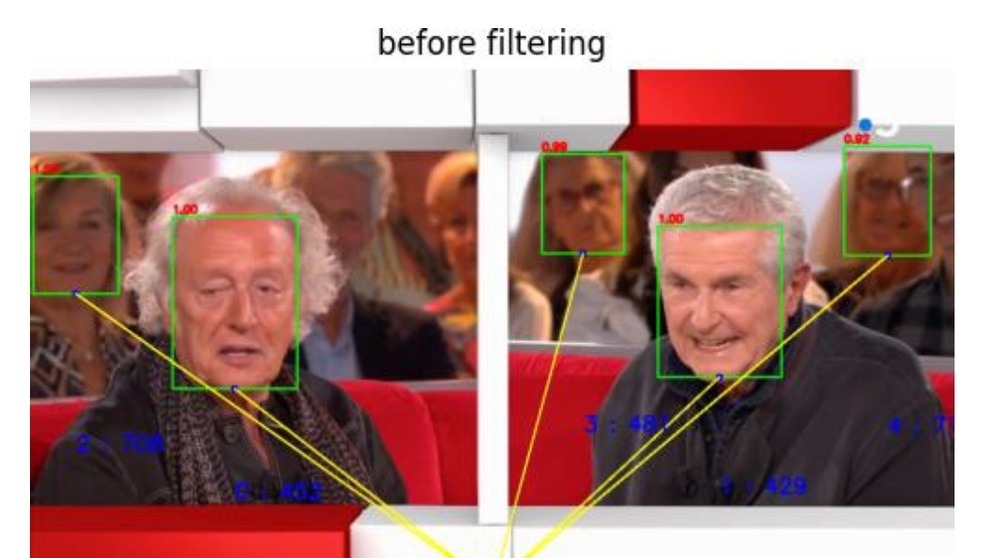This paper addresses a summary of completed Rel-18 technologies for media and XR related technologies and provides an overview on what is happening and expected in Rel-19, and possibly even beyond in the 6G era.
5G-based Media Distribution, developed by 3GPP, is getting ubiquitous, global and across different verticals. 3GPP SA4, the 3GPP working group for media technologies, is the powerhouse for developing the specifications relevant for content delivery, compression, quality-of-experience, codecs and formats. With the entrance into 5G advanced as of Release-18, 3GPP has addressed the needs for traditional content distribution, for emerging XR services, the integration of AI/ML into media workflows and the support for verticals for their media needs.
This paper addresses...
You are not signed in.
Only registered users can view this article.

IET announce Best of IBC Technical Papers
The IET have announced the publication of The best of IET and IBC 2024 from IBC2024, once again showcasing the groundbreaking research presented through the papers. The papers have been selected by IBC’s Technical Papers Committee for being novel, topical, analytical and well-written and which have the potential to make a significant impact upon the media industry. 327 papers were submitted this year, and after a rigorous selection process this publication features the ten papers deemed by the judges to be the best.

Technical Papers 2024 Session: 5G Case Studies – public network slicing trials and striving for low latency
In this session from IBC2024, Telestra Broadcast Service and the BBC present their work 5G Case Studies as part of the IBC Technical Papers.

Technical Papers 2024 Session: AI in Production – training and targeting
In this session from IBC2024, three authors from NHK, Viaccess-Orca and European Broadcasting Union present their work on the application of AI to media production as part of the IBC Technical Papers.

Technical Papers 2024: Audio & Speech – advances in production
In this session from IBC2024, two authors present their work on Audio Description and implementing Audio Definition Model as part of the IBC Technical Papers.

Technical Papers 2024 Session: Advances in Video Coding – encoder optimisations and film grain
In this session from IBC2024, IMAX, MediaKind, Fraunhofer HHI and Ericsson present their work on video coding, as part of the IBC Technical Papers





